We put the Apple iPhone 13 Pro through our rigorous DXOMARK Selfie test suite to measure its performance in photo and video from an end-user perspective. This article breaks down how the device fared in a variety of tests and several common use cases and is intended to highlight the most important results of our testing with an extract of the captured data.
Overview
Key front camera specifications:
- 12 MP 1/3.6″ sensor, 23 mm equivalent f/2.2-aperture lens
- 3D sensor
- Cinematic mode for recording videos with shallow depth of field (1080p at 30 fps)
- HDR video recording with Dolby Vision up to 4K at 60 fps; 4K video recording at 24/ 25/ 30/ 60 fps; 1080p HD video recording at 25 fps, 30 fps, or 60 fps
Scoring
Sub-scores and attributes included in the calculations of the global score.
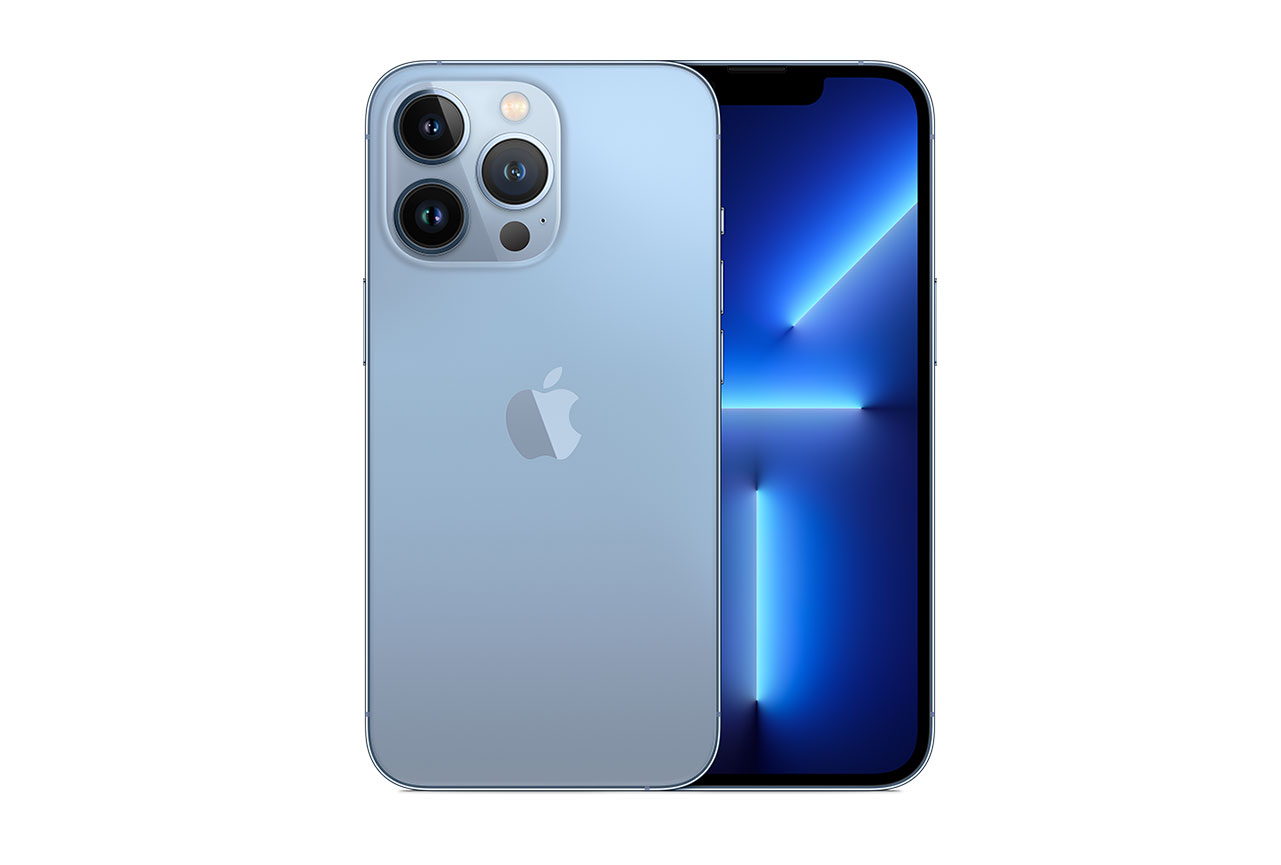
Apple iPhone 13 Pro


 28th
28th 23rd
23rdPros
- Accurate target exposure on face
- Wide depth of field
- High level of detail in indoor and outdoor conditions
- Quite accurate depth estimation
- Wide dynamic range and accurate target exposure in video
- Accurate video white balance
- Wide focus range means all subjects are in focus in group video selfies.
Cons
- Luminance noise
- Occasionally inaccurate skin tones, especially in backlit indoor scenes
- Slight anamorphosis artifacts (perspective distortion on faces)
- Low subject exposure when using the flash
- High noise levels in video, especially in low light
- Residual motion in walking videos
- Loss of detail in low-light videos
The Apple iPhone 13 Pro makes it into the upper regions but not quite to the top of the DXOMARK Selfie ranking. Overall performance is very similar to last year’s iPhone 12 series — not a surprise given the similar front camera hardware.
Still, Apple has managed to improve things slightly, thanks to accurate subject exposure, a wide depth of field, and good detail in bright light and indoor shooting. On the downside, the 13 Pro is a little noisier than its predecessor.
The difference is a little more noticeable for video, making the iPhone 13 Pro one of the best devices in this category. For Video, Apple managed to improve exposure, and the color response is now more stable. The new device also has a wider dynamic range in video.
Test summary
About DXOMARK Selfie tests: For scoring and analysis, DXOMARK engineers capture and evaluate more than 1,500 test images both in controlled lab environments and in outdoor, indoor and low-light natural scenes, using the front camera’s default settings. The photo protocol is designed to take into account the user’s needs and is based on typical shooting scenarios, such as close-up and group selfies. The evaluation is performed by visually inspecting images against a reference of natural scenes, and by running objective measurements on images of charts captured in the lab under different lighting conditions from 1 to 1,000+ lux and color temperatures from 2,300K to 6,500K. For more information about the DXOMARK Selfie test protocol, click here. More details on how we score smartphone cameras are available here. The following section gathers key elements of DXOMARK’s exhaustive tests and analyses .Full performance evaluations are available upon request. Please contact us on how to receive a full report.
Photo
Apple iPhone 13 Pro
150

Exposure
Apple iPhone 13 Pro
99

Color
Apple iPhone 13 Pro
110
Exposure and color are the key attributes for technically good pictures. For exposure, the main attribute evaluated is the brightness of the face(s) in various use cases and light conditions. Other factors evaluated are the contrast and the dynamic range, eg. the ability to render visible details in both bright and dark areas of the image. Repeatability is also important because it demonstrates the camera's ability to provide the same rendering when shooting consecutive images in a row.
For color, the image quality attributes analyzed are skin-tone rendering, white balance, color shading, and repeatability.
Target exposure on the face is generally accurate. These samples show the Apple iPhone 13 Pro’s exposure performance in an outdoor scene.
Color is generally good but our testers observed some inaccuracies in backlit mixed lighting conditions. These samples show the Apple iPhone 13 Pro’s color performance in an indoor scene.

Focus
Apple iPhone 13 Pro
105
Autofocus tests evaluate the accuracy of the focus on the subject’s face, the repeatability of an accurate focus, and the depth of field. While a shallow depth of field can be pleasant for a single-subject selfie or close-up shot, it can be problematic in specific conditions such as group selfies; both situations are tested. Focus accuracy is also evaluated in all the real-life images taken, from 30cm to 150cm, and in low light to outdoor conditions.
This graph compares the Apple iPhone 13 Pro’s focus performance at varying subject distances.

Texture
Apple iPhone 13 Pro
79
Texture tests analyze the level of details and the texture of subjects in the images taken in the lab as well as in real-life scenarios. For natural shots, particular attention is paid to the level of details in facial features, such as the eyes. Objective measurements are performed on chart images taken in various lighting conditions from 1 to 1000 lux and different kinds of dynamic range conditions. The charts used are the proprietary DXOMARK chart (DMC) and the Dead Leaves chart.
This graph shows the Apple iPhone 13 Pro’s texture performance in the lab across different light levels.
These samples show the Apple iPhone 13 Pro’s texture performance in an outdoor selfie at a shooting distance of 55 cm.

Noise
Apple iPhone 13 Pro
94
Noise tests analyze various attributes of noise such as intensity, chromaticity, grain, and structure on real-life images as well as images of charts taken in the lab. For natural images, particular attention is paid to the noise on faces, but also on dark areas and high dynamic range conditions. Objective measurements are performed on images of charts taken in various conditions from 1 to 1000 lux and different kinds of dynamic range conditions. The chart used is the DXOMARK Dead Leaves chart and the standardized measurement such as Visual Noise derived from ISO 15739.
This graph shows the Apple iPhone 13 Pro’s noise performance in the lab across different light levels.
Visual noise is a metric that measures noise as perceived by end-users. It takes into account the sensitivity of the human eye to different spatial frequencies under different viewing conditions.

Artifacts
Apple iPhone 13 Pro
91
The artifacts evaluation looks at lens shading, chromatic aberrations, distortion measurement on the Dot chart and MTF, and ringing measurements on the SFR chart in the lab. Particular attention is paid to ghosting, quantization, halos, and hue shifts on the face among others. The more severe and the more frequent the artifact, the higher the point deduction on the score. The main artifacts observed and corresponding point loss are listed below.
These samples show slight instabilities in distortion correction over consecutive shots. The camera was mounted on a tripod to capture these samples. If you look closely at the edges you can see the field of view is slightly wider on the left image.

Bokeh
Apple iPhone 13 Pro
80
Bokeh is tested in one dedicated mode, usually portrait or aperture mode, and analyzed by visually inspecting all the images captured in the lab and in natural conditions. The goal is to reproduce portrait photography comparable to one taken with a DSLR and a wide aperture. The main image quality attributes paid attention to are depth estimation, artifacts, blur gradient, and the shape of the bokeh blur spotlights. Portrait image quality attributes (exposure, color, texture) are also taken into account.
These samples show the Apple iPhone 13 Pro’s bokeh mode performance in an outdoor scene.
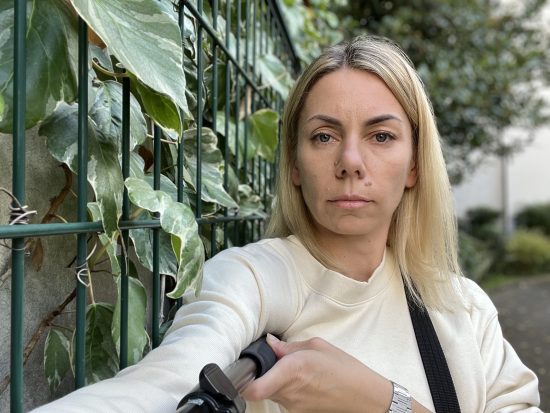
Video
Apple iPhone 13 Pro
159
DXOMARK engineers capture and evaluate more than 2 hours of video in controlled lab environments and in natural low-light, indoor and outdoor scenes, using the front camera’s default settings. The evaluation consists of visually inspecting natural videos taken in various conditions and running objective measurements on videos of charts recorded in the lab under different conditions from 1 to 1000+ lux and color temperatures from 2,300K to 6,500K.
The Apple iPhone 13 Pro achieves a Selfie Video score of 95. A device’s overall Video score is derived from its performance and results across a range of attributes in the same way as the Photo score. In this section, we take a closer look at these sub-scores and compare video image quality against competitors.

Exposure
Apple iPhone 13 Pro
89

Color
Apple iPhone 13 Pro
90
Exposure tests evaluate the brightness of the face and the dynamic range, eg. the ability to render visible details in both bright and dark areas of the image. Stability and temporal adaption of the exposure are also analyzed. Image-quality color analysis looks at skin-tone rendering, white balance, color shading, stability of the white balance and its adaption when light is changing.
These video samples show the Apple iPhone 13 Pro’s video exposure performance under indoor lighting conditions.
These video samples show the Apple iPhone 13 Pro’s video color performance in an outdoor scene.

Texture
Apple iPhone 13 Pro
97
Texture tests analyze the level of details and texture of the real-life videos as well as the videos of charts recorded in the lab. Natural video recordings are visually evaluated, with particular attention paid to the level of detail on the facial features. Objective measurements are performed of images of charts taken in various conditions from 1 to 1000 lux. The chart used is the Dead Leaves chart.
Texture preservation in video is good, but slightly surpassed by the other devices in this comparison.
These video samples show the Apple iPhone 13 Pro’s video texture performance under 100 lux lighting conditions and a distance of 55cm in the lab.

Noise
Apple iPhone 13 Pro
83
Noise tests analyze various attributes of noise such as intensity, chromaticity, grain, structure, temporal aspects on real-life video recording as well as videos of charts taken in the lab. Natural videos are visually evaluated, with particular attention paid to the noise on faces. Objective measurements are performed on the videos of charts recorded in various conditions from 1 to 1000 lux. The chart used is the DXOMARK visual noise chart.
These video stills show the Apple iPhone 13 Pro’s video noise performance in indoor light conditions.

Stabilization
Apple iPhone 13 Pro
84
Stabilization evaluation tests the ability of the device to stabilize footage thanks to software or hardware technologies such as OIS, EIS, or any others means. The evaluation looks at overall residual motion on the face and the background, smoothness and jellow artifacts, during walk and paning use cases in various lighting conditions. The video below is an extract from one of the tested scenes.
This sample clip shows the Apple iPhone 13 Pro’s video stabilization in outdoor conditions.

Artifacts
Apple iPhone 13 Pro
92
Artifacts are evaluated with MTF and ringing measurements on the SFR chart in the lab as well as frame-rate measurements using the LED Universal Timer. Natural videos are visually evaluated by paying particular attention to artifacts such as quantization, hue shift, and face-rendering artifacts among others. The more severe and the more frequent the artifact, the higher the point deduction from the score. The main artifacts and corresponding point loss are listed below
This graph shows the Apple iPhone 13 Pro’s ringing video output. This curve displays the normalized edge profile of the maximum ringing in the field.


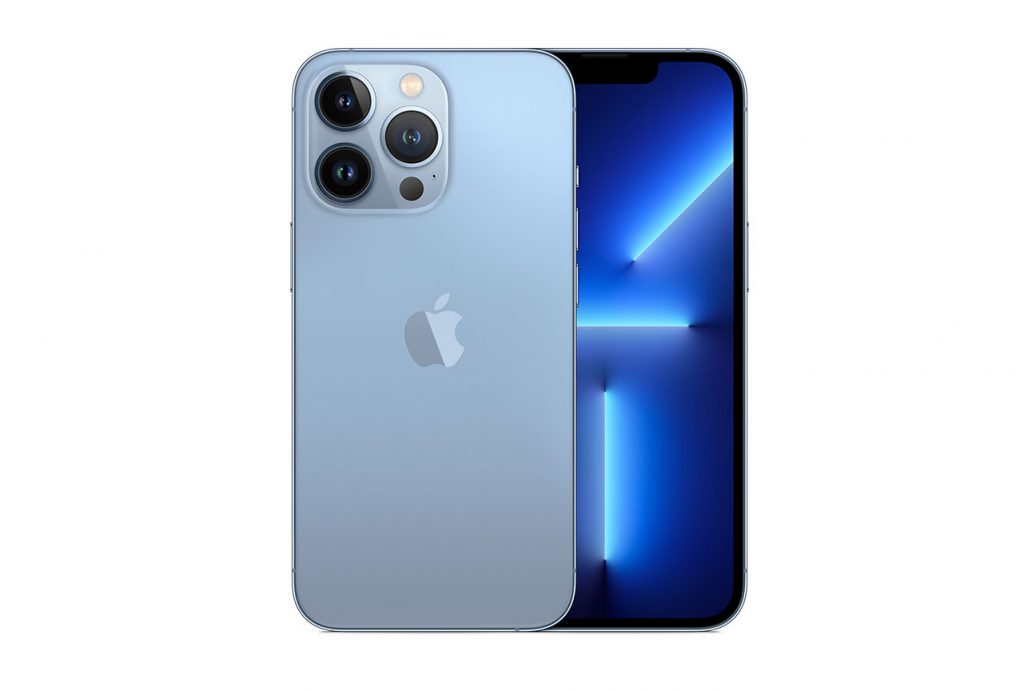




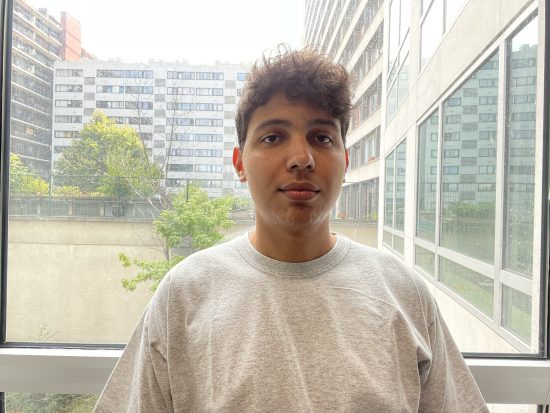
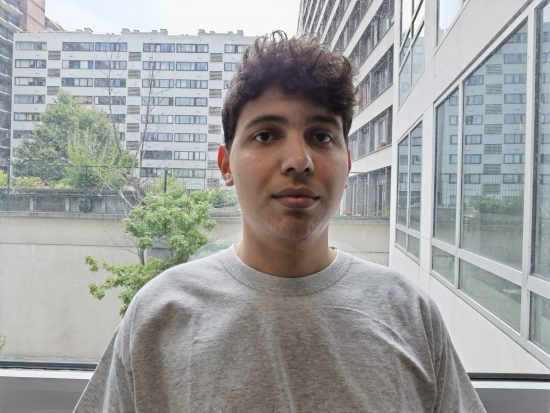
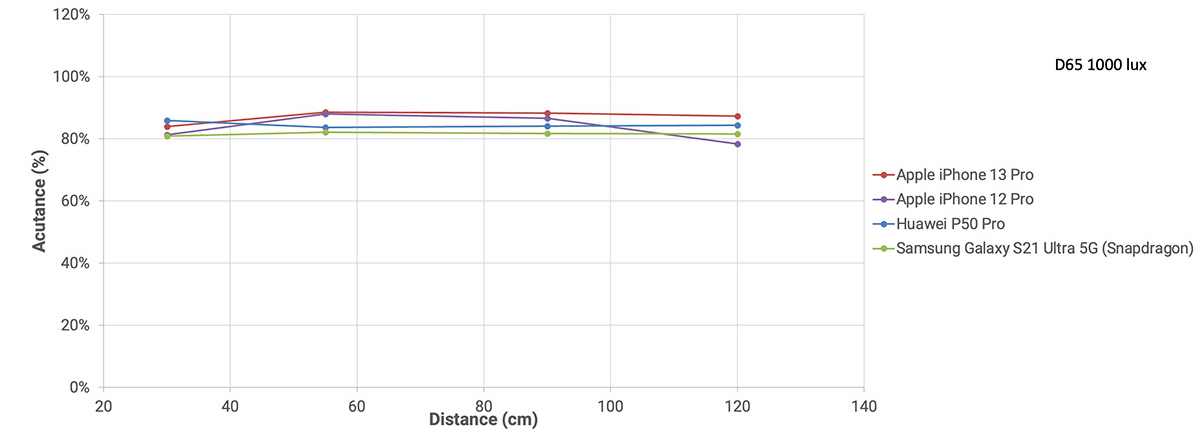
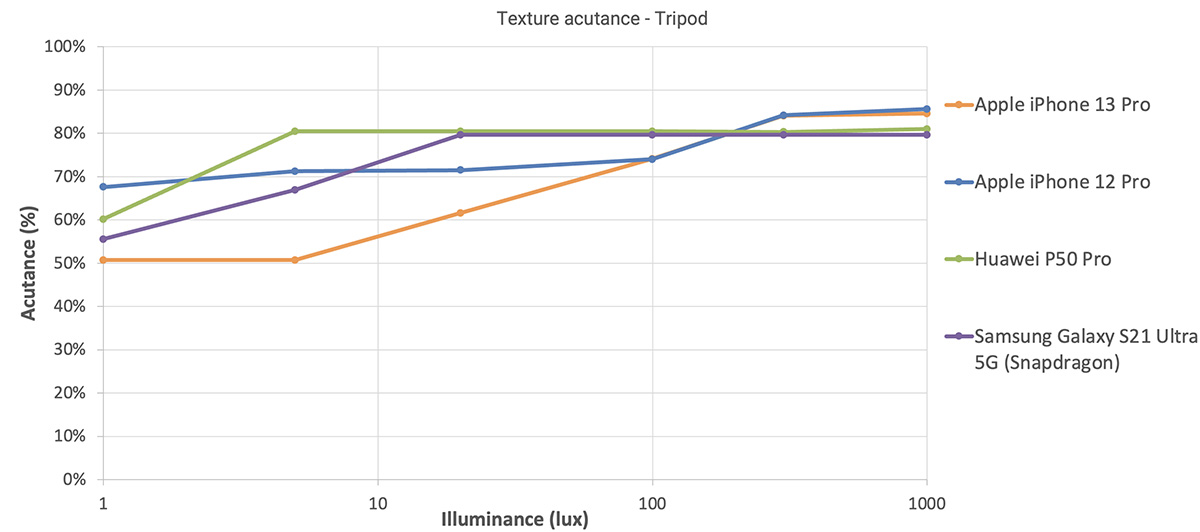
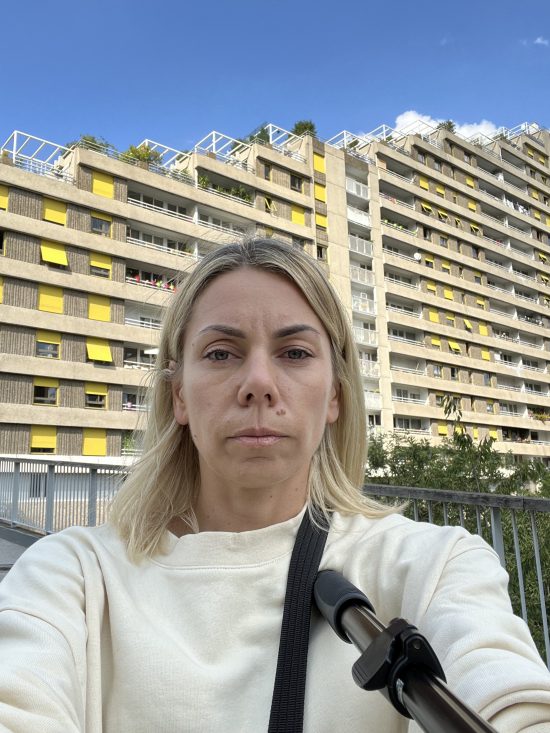
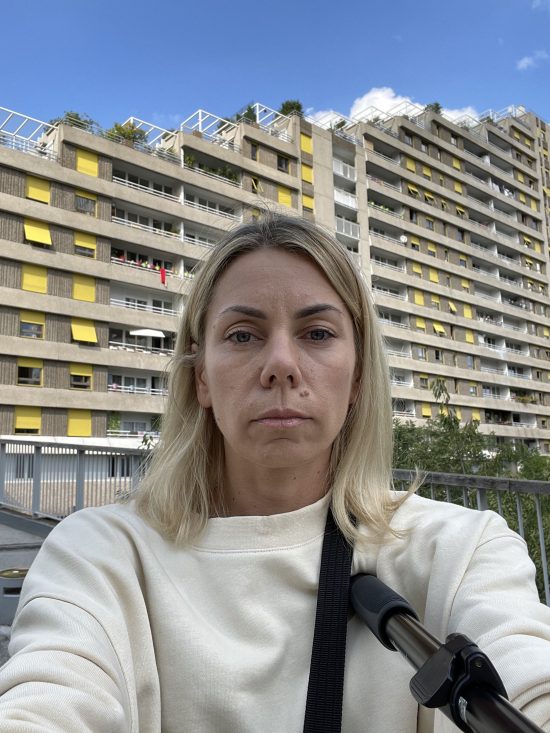
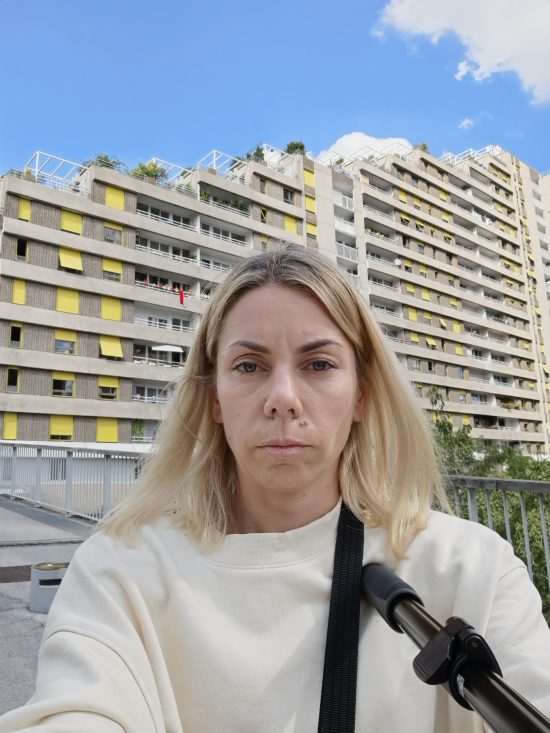
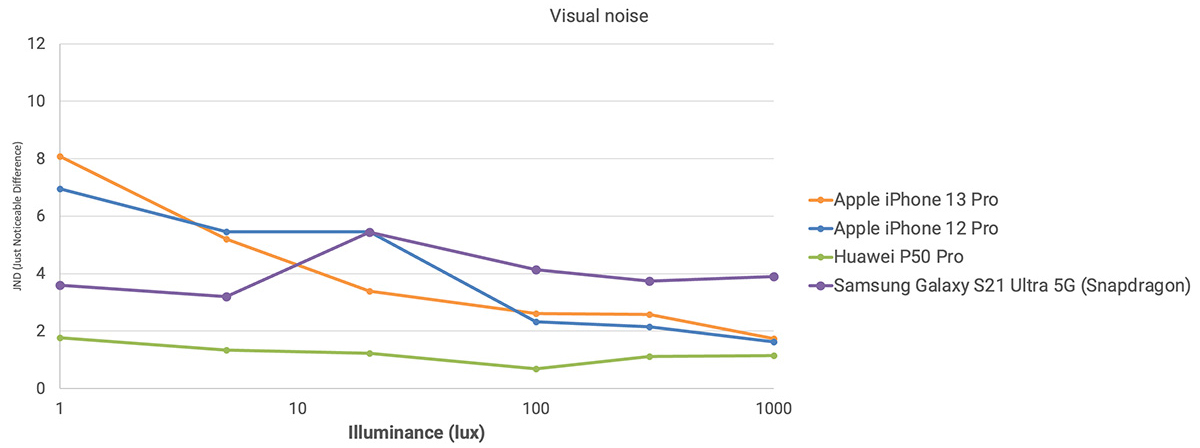
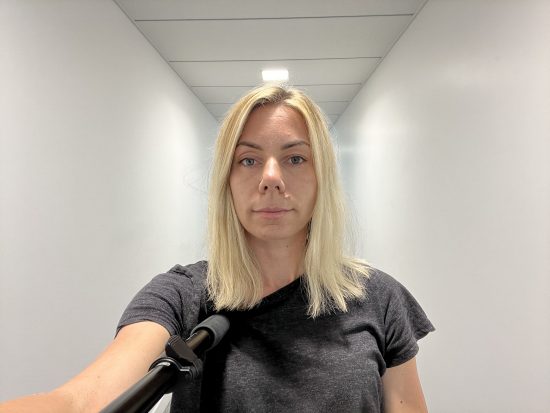
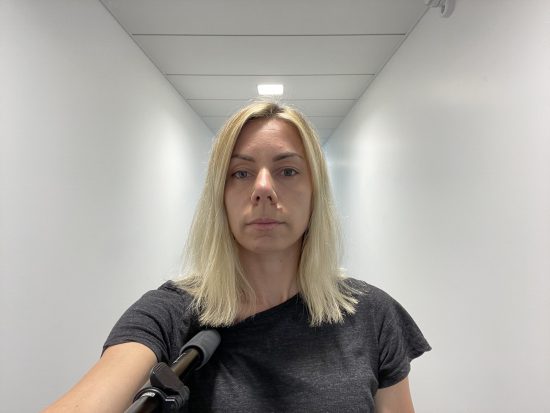
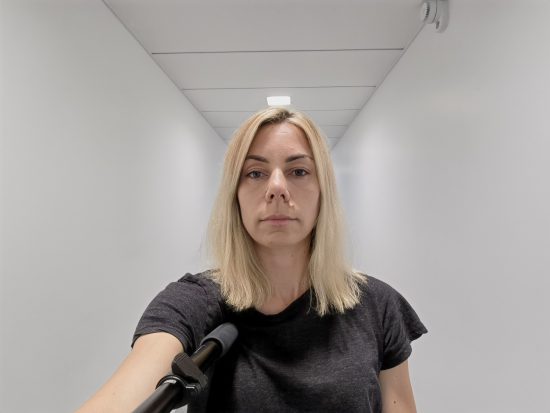
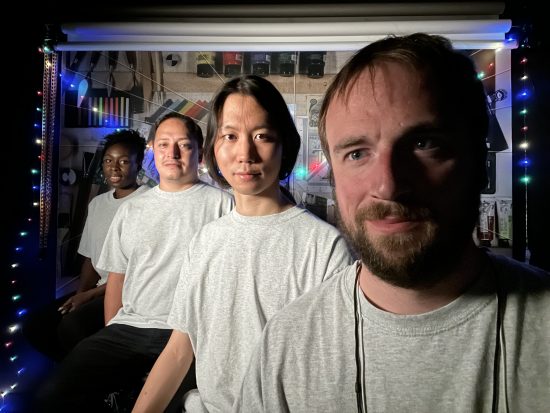
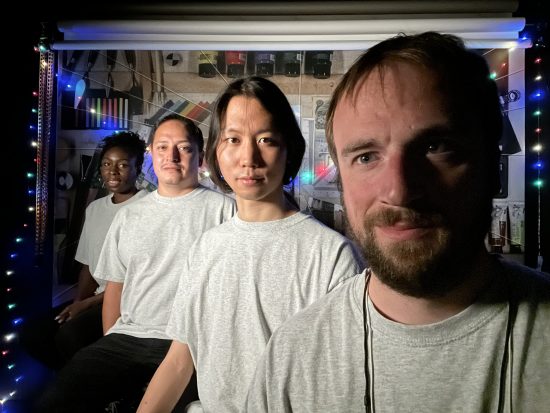
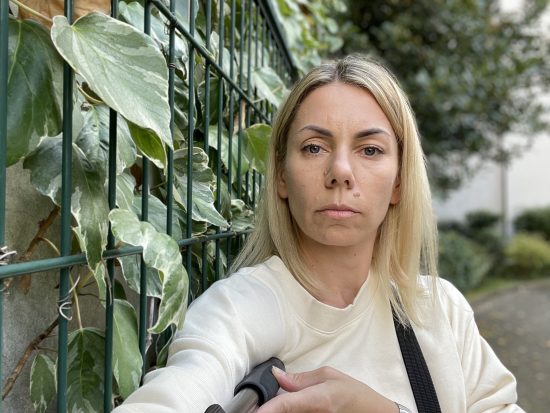
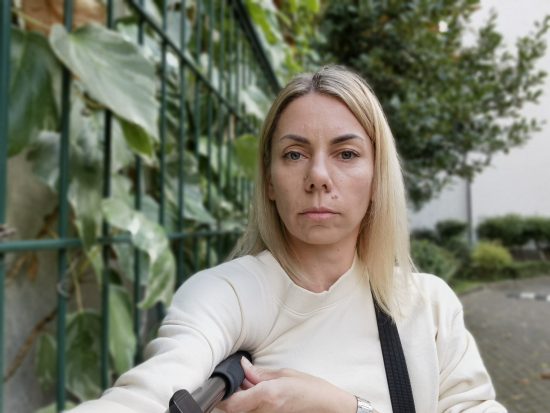
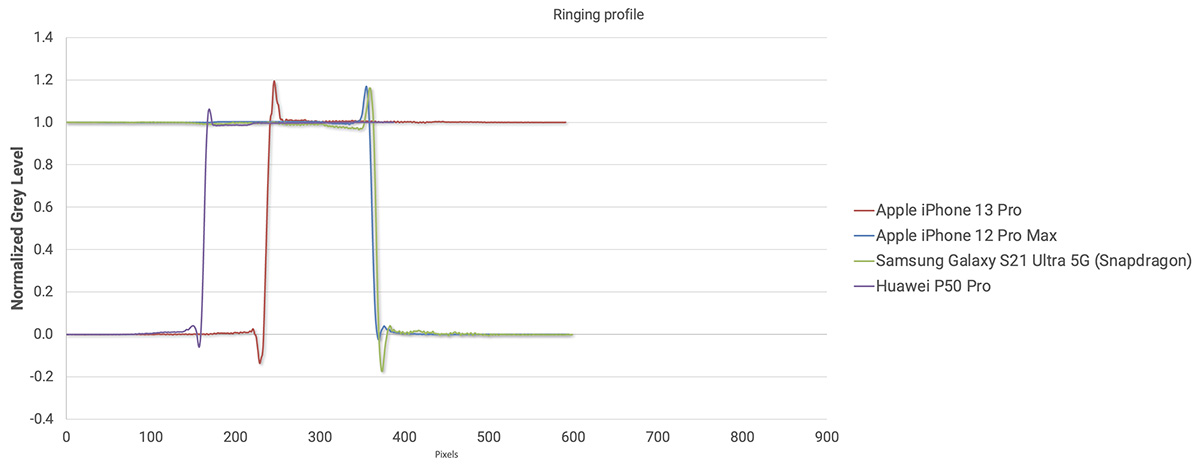
DXOMARK encourages its readers to share comments on the articles. To read or post comments, Disqus cookies are required. Change your Cookies Preferences and read more about our Comment Policy.